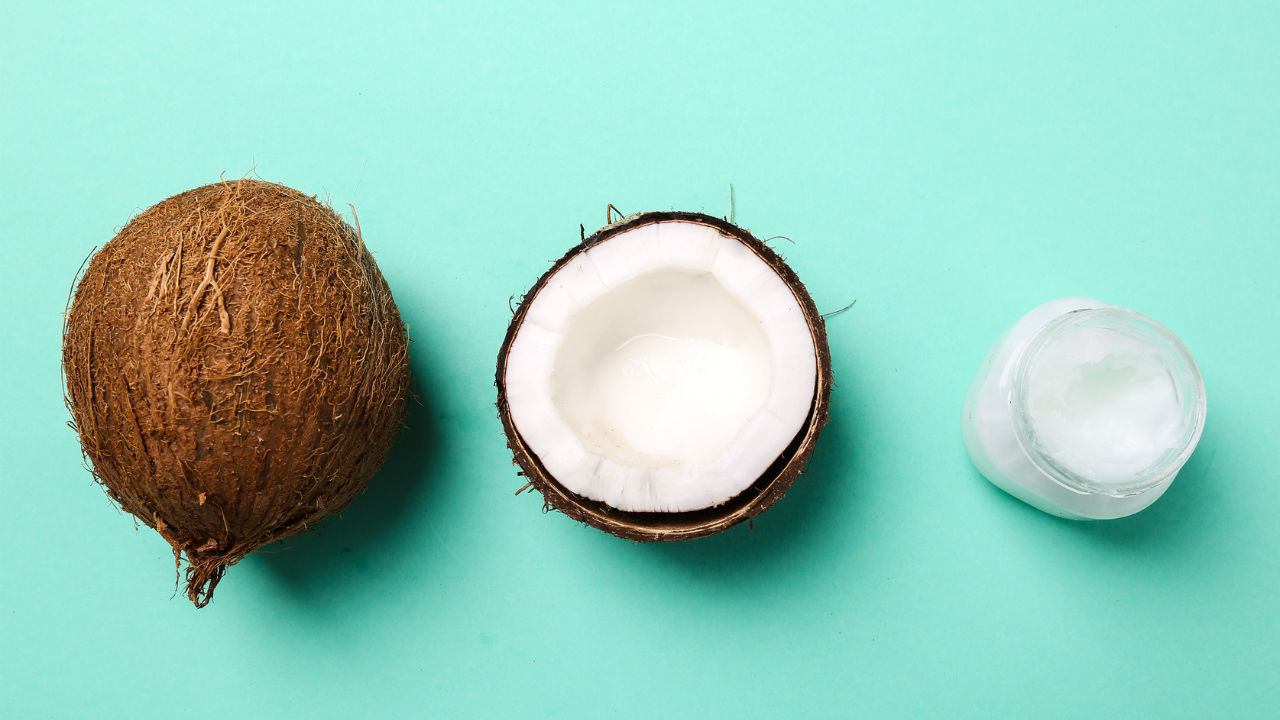This is one subject that can get technical but let's dive in anyway...
Experiments and research in artificial heart transplants began in 1930s Russia where dogs were used as test subjects.
The first clinical implantation of a total artificial heart was in 1969 and was implanted for two days until a donor heart could be found. The artificial one worked well - the recipient only died from complications when he got the donor heart.
The first patented artificial heart was invented by Paul Winchell in 1963. His patent was used by Dr. Robert Jarvik to create the Jarvik-7, used in about 90 people. Use was stopped because it was not as successful as Jarvik had hoped although it did temporarily help patients who desperately needed a working heart until it could be removed and replaced with a donor heart. Today, the new Jarvik 2000 is used in Europe as a permanent artificial heart transplant. It is awaiting approval in the United States for permanent use although it is used here in patients as they await their donor heart.
With up to 50,000 people needing heart transplants every year, and less that 2,500 getting them, you may ask why more people aren’t racing in line for a fake heart. Well, for several reasons. FDA approval is only just beginning. This kind of technology is still so new that it needs years of clinical trials and still needs final approval before it can be used as an everyday tool to combat death from heart failure. Devices that help pump blood are used successfully (called an LVAD and RVAD – the L and R standing for left or right side of the heart) and patients who may otherwise die while waiting for a donor heart are able to survive well with these devices. A 2007 interview by The National Health Museum with Dr. Mehmet Oz, M.D. can fill in some gaps. Although these devices are better used temporarily, Dr. Oz notes that “we have been favorably impressed by the number of patients who can survive for a number of years with LVADs. To study this we embarked on large study called REMATCH trial, a $7.5 million NIH trial comparing how a group of patients with LVADs do in the long term compared to a matched group receiving optimal medical management. That trial is in its final stages. Enough patients are alive that there is considerable interest in following this approach. We may eventually evolve to a point where if you are younger than the age of 55 and you need a mechanical heart to keep you alive, you will receive one as a bridge for weeks or years. Ultimately you will be offered a transplant. But if you are over the age of 65 or whatever the cutoff will be, you will not be offered a transplant. Rather, if you require an LVAD, you will get an LVAD.”
The American Heart Association remains heavily geared towards donor hearts. While still interested in, and open to, use of the artificial heart as an eventuality, their response to the question of the artificial heart is that “the American Heart Association monitors experimental laboratory work. We also monitor experimental clinical use of the artificial heart. Building healthier lives free of cardiovascular diseases through basic biomedical research is a key priority for us. Right now we consider the artificial heart to be an experimental device.”
There is also a fear amongst us ordinary folk of having such a key element to our lives being mechanical. Cars and computers are mechanical and they break down all the time, right? Having some kind of major ‘bionic’ body part strikes fear in the hearts (especially the failing ones) of many of us.
So while it looks like the artificial heart is here to stay, it really is still in it’s infancy, compared to traditional transplants and traditional treatments and prevention of heart disease. In a hundred years we may have eradicated heart disease, or it may be almost completely successful to treat. Or we could see the artificial heart grow to become a standard procedure in the operating room. Only time – and research – will tell.
To read the entire interview with Dr. Oz, click here http://www.accessexcellence.org/WN/NM/ozpage1.html




